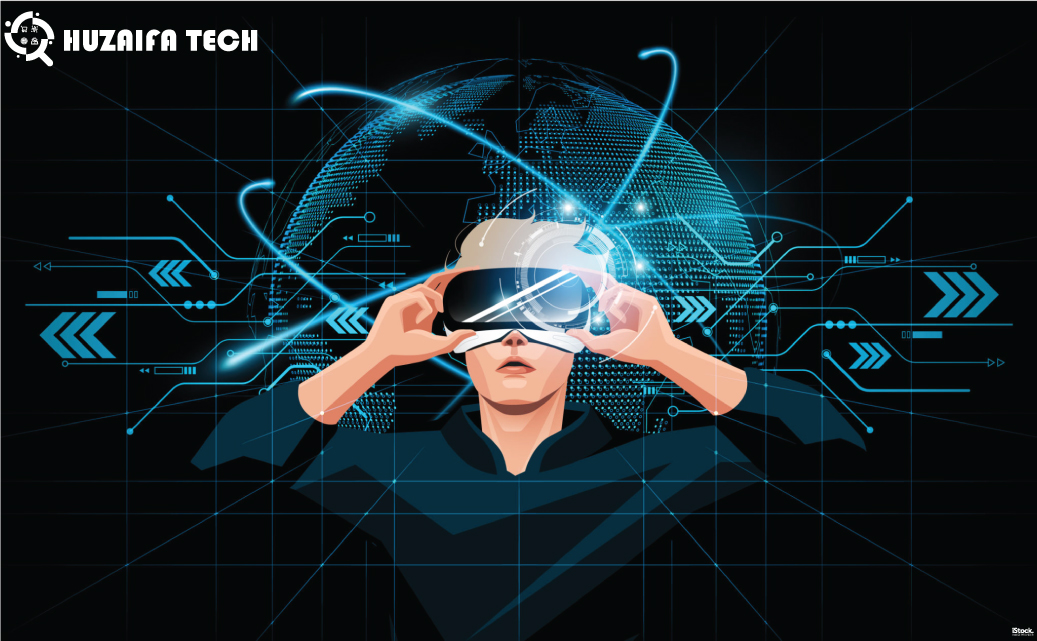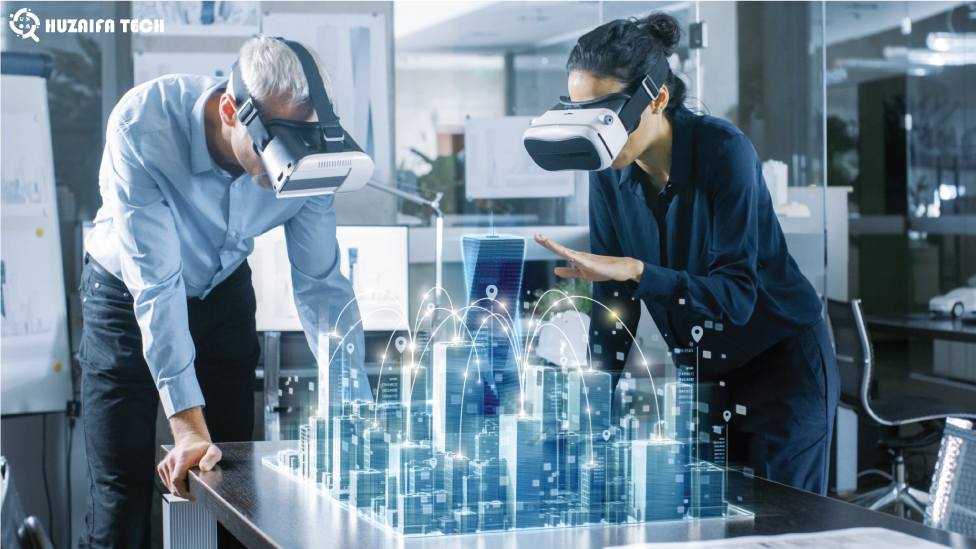Introduction
Virtual reality (also known as VR) is a computer-generated environment that can be simulated by using virtual reality headsets. It creates an artificial world that you can interact with, see, and be immersed in. This type of technology has been around for over 40 years but has only recently been able to create a realistic experience within the human brain.
However, it is only recently that the technology has advanced and become affordable enough to be used by the general population. The first virtual reality headset was created by Morton Heilig in the 1960s. It was called the Sensorama and produced 3-D stereoscopic images for users to experience.
In the 1980s, Jaron Lanier co-founded VPL Research, which developed some of the first VR headsets using head-mounted displays (HMD) and gloves. The first VR system was created by Thomas A. Furness III, who built the “Sword of Damocles” in 1968. He was inspired by the writings of science fiction author Ray Bradbury, who wrote about an imaginary world where people could experience anything they wanted through a machine called “the veldt.”
Virtual reality (VR) is a simulated experience that can be similar to or completely different from the real world. Applications of virtual reality can include entertainment (i.e. video games) and educational purposes (i.e. medical or military training). Other types of VR-style technology include augmented reality and mixed reality sometimes referred to as extended reality or XR.
Virtual reality (VR) is a simulated experience that can be similar to or completely different from the real world. Applications of virtual reality can include entertainment (i.e. video games) and educational purposes (i.e. medical or military training). Other types of VR-style technology include augmented reality and mixed reality sometimes referred to as extended reality or XR.
Image Provide By iStock
VR is often described as an extension of the human senses with computer-generated images helping to create interactive experiences without requiring physical presence in real life.[1] In this way, it differs from other digital technologies such as augmented/mixed reality which use head-mounted displays instead of gloves or helmets.
The first commercially available virtual worlds were developed at The Ethical Software Company Ltd in Cambridge, England, leading to their release on Amiga computers running Falcon graphics software by Silicon Graphics Incorporated.
The first popular virtual world was The Palace, created by Randy Farmer and launched in 1990. It ran on the Commodore Amiga and was later ported to Mac OS systems. In 1992, Linden Lab launched the second life platform which still exists today. The first known commercial virtual worlds were developed around 1995 by Ultima Online, There, Inc. The first virtual worlds on personal computers were developed by the US military in the early 1980s. These systems are often described as “immersive” because they try to give users a feeling of being inside a real, complex environment. In 1992, Nintendo released the first commercially successful home console with a built-in VR capability: the Virtual Boy. It was not a true VR system, but it used a stereoscopic display to create the illusion of 3D depth. In 1994, Sony released the first iteration of their PlayStation console with support for stereoscopic 3D gaming, which allowed for more advanced graphics than the Super Nintendo Entertainment System (SNES) or Sega Genesis could render at the time.
Currently, standard virtual reality systems use either virtual reality headsets or multi-projected environments to generate realistic images, sounds, and other sensations that simulate a user's physical presence in a virtual environment. A person using virtual reality equipment can "look around" the artificial world, and with high-quality VR move about in it and interact with virtual features or items. The effect is commonly created by VR headsets consisting of a head-mounted display with a small screen in front of the eyes, but it can also be created through specially designed rooms with multiple large screens. Virtual reality typically incorporates auditory and video feedback, but may also allow other types of sensory and force feedback through haptic technology.
Virtual reality (VR) is a simulated environment created by computer graphics, where the participant interactions with the virtual world are simulated in three-dimensional space. VR systems can be divided into the total surround and partial surround systems. In total surround, the user has 360° vision around them; however, they are also able to see through part of their peripheral vision so they still have some sense of depth perception while using VR technology. Partial surround systems place limitations on what users can see in certain areas such as behind them or above them.
This type of system allows for more accurate tracking but makes it harder for users to become immersed in an immersive environment because there is less freedom when moving around within that space versus having complete 360° vision like with full wraparound headsets like Oculus Rift or HTC Vive Pro Eye Plus+.
Standard virtual reality systems use either virtual reality headsets or multi-projected environments to generate realistic images, sounds, and other sensations that simulate a user's physical presence in a virtual environment—the effect is commonly created by VR headsets consisting of a head-mounted display with a small screen in front of each eye(s) plus additional sensors attached directly onto one's body allowing one full round trip around any room without needing anything else besides owning one headset device per person wanting access during gameplay sessions together over periods long enough so everyone involved could get used too before moving onto another type altogether later down the road once again based off preference preferences amongst friends' opinions opinions opinions opinions opinions etcetera etcetera etcetera...
How Virtual Reality (VR) Helps In Different Fields:
Healthcare
Virtual Reality (VR) can also be used to treat mental health conditions, with Virtual Reality Exposure Therapy (VRET) being especially useful for treating PTSD and anxiety. Numerous additional ways engaging in VR can be therapeutic.
Tourism
Art and design
Gaming
Conclusion
We hope you found this article on virtual reality helpful. If you would like more information about the technology and how it can be used in your business, please follow us. We have a lot more information on the site, and we would love to talk with you about how you can use this technology to increase your sales.











Post a Comment